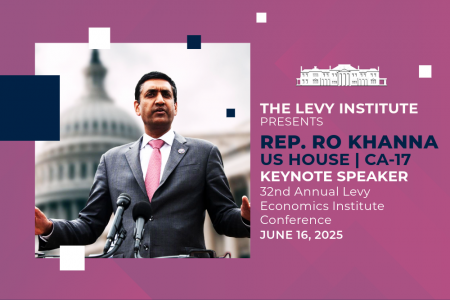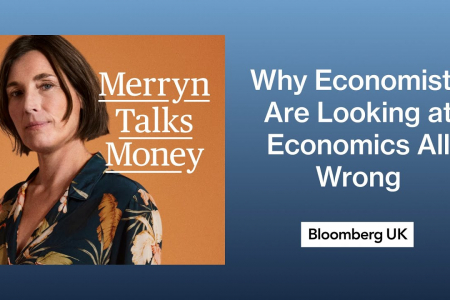Latest Publications
-
Working Paper No. 1082
May 12, 2025
Growth vs. Discipline: Italy’s Fiscal Dilemmas in a Stock-Flow Consistent Model
-
One-Pager No. 73
May 05, 2025
The Incoming Recession: Are Imports the Real Culprit?
-
Policy Notes
April 21, 2025
Remembering Pope Francis’s Call for a Universal Basic Wage
-
Working Paper No. 1081
April 21, 2025
The Rise and Rise of Feminist Macroeconomics: Who’s Recognizing?
-
Policy Notes
April 21, 2025
Trump’s Tariffs: Ending Globalization















Featured Commentary
The Incoming Recession: Are Imports the Real Culprit?
The Levy Institute and the Future of Economics
James K. GalbraithUnmasking Hidden Poverty in America: The Role of Time Deficits
Ajit Zacharias, Fernando Rios-Avila, Thomas Masterson, and Aashima SinhaTribute to Edwin Le Héron
Jean-François Ponsot